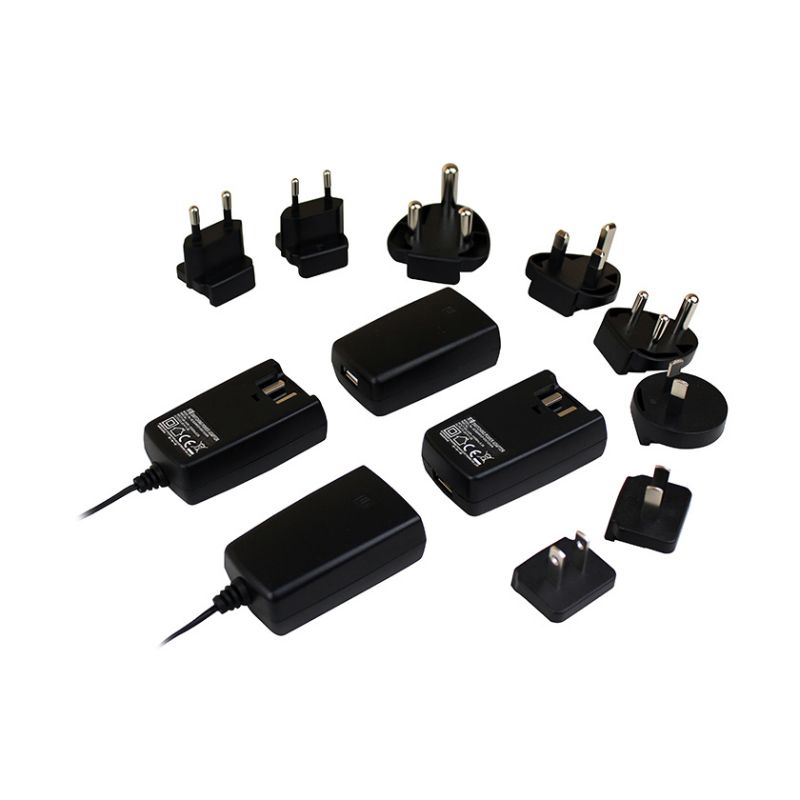The Importance and Strategies of Low Leakage Current in Medical Power Supply Designs
Low leakage current is a critical requirement in the design of medical power supplies, particularly because of the potential risks associated with electrical shocks to patients and operators. Leakage current refers to the unintended flow of electrical current from a device's conductive parts to the ground or to other conductive parts, which can occur even when the device is operating normally.
Importance of Low Leakage Currents:
1.Patient Safety:
Direct Contact: Medical devices often come into direct contact with patients, sometimes even inside the body (e.g., catheters, implants). Low leakage currents are essential to avoid causing any harm, such as electrical shocks, burns, or interference with the functioning of other medical devices, like pacemakers.
Increased Vulnerability: Patients, especially those who are unconscious, sedated, or undergoing critical care, are more vulnerable to electrical shocks. Low leakage currents help to ensure that the device remains safe under all conditions.
2.Operator Safety:
Frequent Handling: Medical professionals frequently handle medical devices. Low leakage currents help protect them from unintended shocks, particularly in high-risk environments like operating rooms or intensive care units.
3.Compliance with Standards:
IEC 60601-1 Requirements: This standard sets strict limits on allowable leakage currents for medical equipment, especially for devices classified under MOPP (Means of Patient Protection) and MOOP (Means of Operator Protection). Compliance with these limits is mandatory for medical devices to be approved for use in healthcare settings.
Types of Leakage Current: The standard defines different types of leakage currents, such as Earth Leakage Current, Touch Leakage Current, and Patient Leakage Current, each with specific limits to ensure safety.
Types of Leakage Currents:
1.Earth Leakage Current:
This is the current that flows from the power supply to the ground. It’s important to keep this low to ensure that any fault condition doesn’t lead to dangerous voltage levels on the equipment's casing or chassis.
Typical Limit: For medical devices, the earth leakage current is usually limited to less than 300 µA (microamperes) in normal conditions, and often less in some cases.
2.Touch Leakage Current:
This current flows from accessible conductive parts of the medical device to ground through the operator's or patient's body.
Typical Limit: Standards typically require that touch leakage current does not exceed 100 µA under normal operating conditions.
3.Patient Leakage Current:
This is the current that flows from the medical device into the patient, either directly or indirectly through other parts of the equipment. Keeping this leakage current extremely low is crucial, especially for devices that involve direct patient contact.
Typical Limit: The patient leakage current is often limited to less than 10 µA in normal operation and 50 µA in a single fault condition.
Design Strategies to Minimize Leakage Currents:
1.High-Quality Insulation: Using reinforced or double insulation in the design of the power supply reduces the risk of leakage currents. This is especially important for patient-connected devices.
2.Isolation Techniques: Implementing galvanic isolation between the input and output of the power supply helps prevent leakage currents from transferring to patient-contact areas.
3.Component Selection: Choosing components with low leakage characteristics, such as high-quality capacitors and transformers, is crucial. Components should be selected and tested to ensure they meet stringent leakage current specifications.
4.Proper Grounding: Ensuring that the power supply and the connected medical device are properly grounded helps to safely direct any leakage current away from the patient or operator.
5.Compliance Testing: Rigorous testing during the design and manufacturing stages, including hipot (high potential) testing, helps verify that the leakage current remains within safe limits under both normal and fault conditions.
Maintaining low leakage currents in medical power supplies is essential to ensure the safety of both patients and operators. Compliance with international standards and careful design considerations are necessary to minimize the risks associated with electrical leakage, thereby making medical devices safer and more reliable in healthcare settings.







